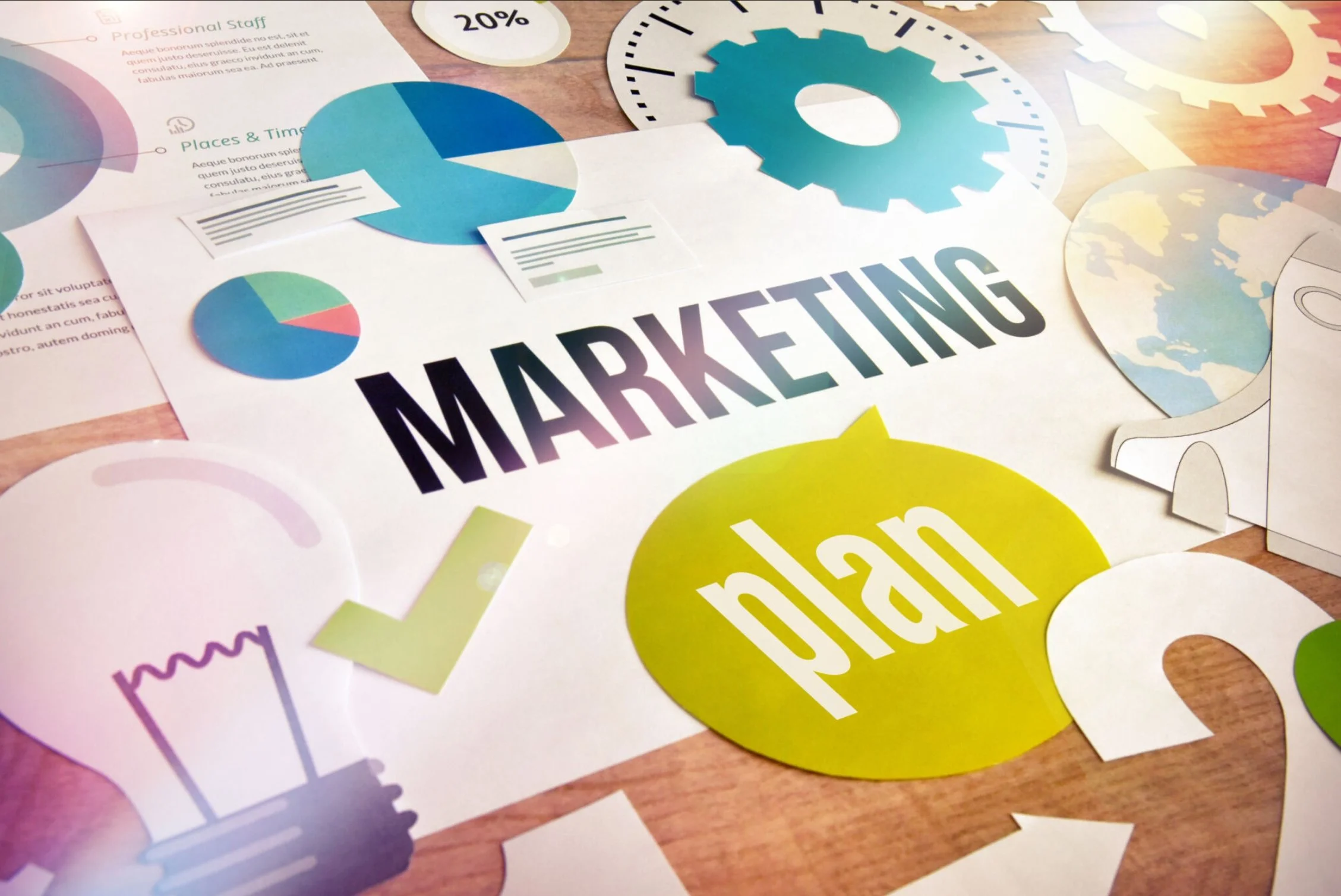Why Marketing in AEC Isn’t Just Proposals Anymore
HOW TO BUILD A SMARTER, INTEGRATED GROWTH STRATEGY FOR YOUR FIRM
In a profession built on expertise and relationships, many architecture, engineering, and construction (AEC) firms still treat marketing as a reactive support function. But the industry is changing fast. And the firms that use marketing as a strategic tool—not just a proposal machine—are winning more work, building stronger brands, and shaping the conversation long before an RFP ever lands.
Much of the profession’s hesitation toward marketing stems from its past. For much of the 20th century, architects in Canada and elsewhere faced restrictions on advertising and self-promotion. Even after those rules were lifted in the early 2000s, the mindset remained—and proposals became the one marketing activity firms could confidently embrace.
Today, the most successful firms aren’t just responding to opportunities. They’re creating them—by aligning marketing and business development (BD) into a unified, strategic engine. This article explores how that shift is happening, what it looks like in practice, and how your firm can start making it now.
THE RISE [AND LIMITS] OF PROPOSAL-DRIVEN GROWTH
As procurement processes became more formalized, proposals emerged as a structured, professional way to compete—especially for public and institutional projects. By the 2000s, they were standard practice.
But for many firms, that became the end of the marketing conversation. Instead of building strategies to drive visibility and position their firm in the market, they focused their marketing resources on proposal production. Marketing became a compliance exercise. Teams were built to respond, not to lead.
The result?
Little time for proactive brand-building.
Inconsistent messaging.
High-effort, low-return pursuits.
Firms found themselves chasing work instead of shaping it—visible mostly to those reading their RFP responses.
MARKETING HAS EVOLVED—SO HAS THE INDUSTRY
Fast-forward to today: thriving firms are shaping perception long before proposals are ever requested. Marketing in AEC has matured. It’s no longer just about what you can do—it’s about how you show up in the market and why your work matters.
The firms that are standing out have:
A distinct point of view
A clear narrative that connects to client priorities
A marketing plan that supports BD goals, not just the latest pursuit
At the same time, the industry has changed. Clients are more informed. Selection processes are more complex. Digital platforms have raised expectations for visibility, credibility, and trust.
In this environment, marketing isn’t just about chasing work. It’s about attracting it.
THE NEW MODEL: INTEGRATED, STRATEGIC, AND HUMAN
In leading firms, marketing and BD no longer operate in silos. They function as one integrated growth engine—where strategy, messaging, and relationship-building happen in tandem. Proposals are no longer the starting point. They’re the culmination of an ongoing conversation.
And at the center of that shift is something deeply human.
At the core of this shift is a return to what makes architecture and engineering so compelling: human stories.
Clients don’t just want credentials. They want connection. They want to know who you are, what you believe in, how you’ll work with them and the difference you’ll make. The firms showing up with clarity and purpose—on social, in interviews, through thought leadership—are building real equity. And that trust translates to stronger relationships and better work.
WHAT THIS LOOKS LIKE IN PRACTICE
So what does a modern, strategic AEC marketing program look like? In firms that are getting it right, a few key characteristics stand out.
Brand Positioning: First, they lead with strong brand positioning—clear, client-centered messaging that ties together every channel, from the website to the proposal to the internal culture.
Public Relations: They invest in public relations, using earned media and thought leadership to build credibility beyond their existing network.
Storytelling: They bring projects to life through storytelling—connecting emotionally with both clients and communities.
LinkedIn and Digital Presence: They also show up consistently on platforms like LinkedIn, using digital presence to build their reputation and reach.
Data-Informed Strategy: And finally, they make data-informed decisions, leveraging CRM systems, pipeline analysis, and client feedback to guide where and how they focus their energy.
These aren’t “nice-to-haves”—they’re the building blocks of relevance and growth in a changing market.
THREE MOVES YOU CAN MAKE RIGHT NOW
If your firm is still operating with a proposal-only mindset, it’s time to begin the shift—and it doesn’t have to start with a massive overhaul. Here are three smart, low-lift moves to get you started.
First, audit your website. Ask yourself: Does it tell a clear story? Is it written for clients—or for you? Does it reflect who your firm is today, or who it was five years ago? This is often the first impression you make—make sure it’s a good one.
Next, ask your leadership team a simple question: “What do we want to be known for?” The answers will tell you a lot. If they’re inconsistent, unclear, or overly generic, you have a positioning problem—and a valuable opportunity to sharpen your brand narrative.
Finally, start tracking where your best work is coming from. Is it referrals? Repeat clients? Conference connections? Knowing which channels are driving results allows you to focus your marketing where it matters most.
FROM COMPLIANCE TO COMPETITIVE ADVANTAGE
The firms that are growing today aren’t waiting for the phone to ring. They’re building visibility. They’re shaping conversations. And they’re aligning their marketing and business development efforts around long-term, strategic growth.
At Oomph Group, we help AEC firms move beyond proposal-driven marketing and toward integrated, story-driven strategy. Because in today’s competitive landscape, marketing isn’t just about compliance anymore—it’s your competitive advantage.



